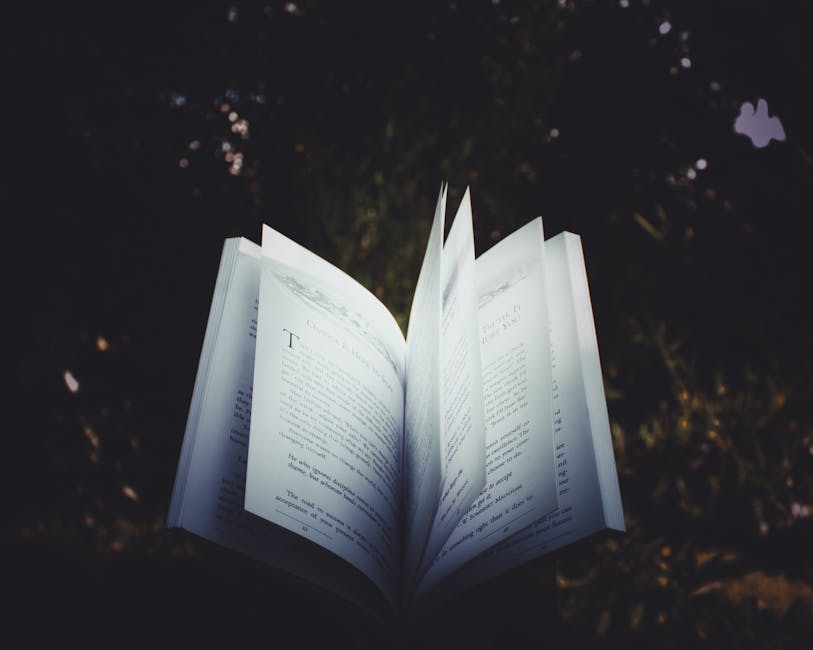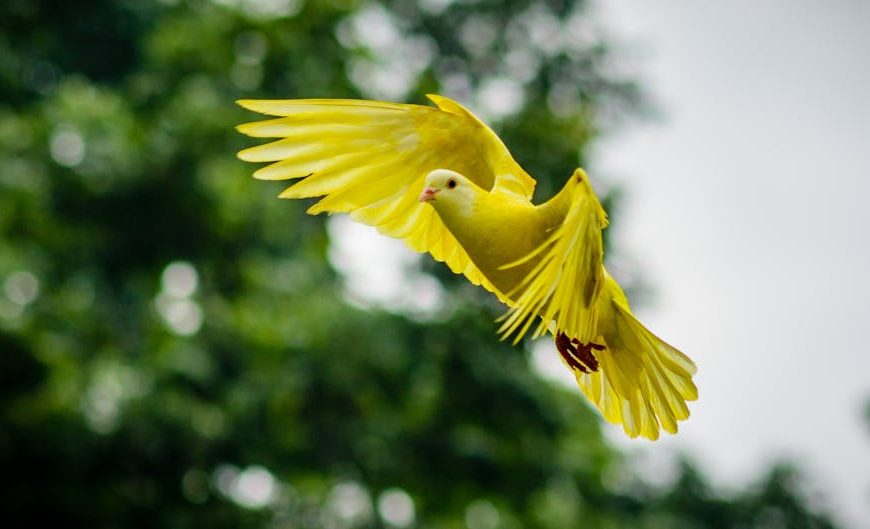To delve into the rich world of poetry invariably involves treading the fine line between the text’s superficial beauty and its profound hidden meanings. ‘These Are The Days When Birds Come Back’ stands as a stellar example of this intriguing duality, offering readers an exquisite blend of beautifully woven words and complex themes. A thorough analysis reveals a myriad of layered interpretations and insights that allow for a deeper understanding and appreciation of the piece than a mere surface-level reading would permit.
Understanding the Historical and Authorial Context
The creation of any literary piece isn’t developed in a vacuum; it is shaped and influenced by the author’s personal experiences and the societal context of its time. As such, the exploration and understanding of the historical and authorial context of ‘These Are The Days When Birds Come Back’ serves as an integral first step in our analysis.
The author’s life and past works provide precious insight into his mindset and aesthetic choices. Consequently, understanding this context allows for an accurate interpretation of the poem, facilitating the discovery of possible hidden meanings and nuances. To appreciate this, we’ll explore the life experiences that might have influenced the author’s artistic vision.
Literary devices in ‘These Are The Days When Birds Come Back’
Literary devices are the essence of poetry, providing an artful density that prose typically lacks. They are precision tools in the hands of any adept poet that create specific emotional effects and deepen the overall meaning. In ‘These Are The Days When Birds Come Back,’ the author has employed a brilliant array of such tools, which we will explore in detail.
From metaphors and similes to personification, these techniques not only intensify the poem’s appeal but also facilitate a direct dialogue between the reader and the poem – one painted in rich imagery and layered meanings.
Interpreting ‘These Are The Days When Birds Come Back’
At its core, ‘These Are The Days When Birds Come Back’ is a treasure trove of nuanced and deeply evocative themes. These range from the concept of return, both literal and metaphorical, to ideas encompassing nature, loneliness, and impermanence.
The themes resonate powerfully through the author’s carefully chosen words and vivid imagery. To aid your interpretive journey, we’ll offer specific stanzaic examples that epitomize each theme, thus facilitating an intuitive understanding of the poet’s intended narrative and the emotional canvas it paints.
The Role of Nature in ‘These Are The Days When Birds Come Back’
Nature is not a peripheral element in ‘These Are The Days When Birds Come Back’; instead, it resides at the very heart of the poem. The author employs nature as a potent agent for metaphorical expression, breathing life into inanimate elements to echo and amplify the themes he explores.
His vivid portrayals evoke powerful emotions, where the beauty of returning birds or an autumnal tree shedding leaves enrich the narrative tapestry of the poem. In this segment, we’ll contrast different uses of nature and their significant implications for the poem’s overarching themes and meanings.
The Power of ‘These Are The Days When Birds Come Back’ in Modern Times
Despite its historical roots, ‘These Are The Days When Birds Come Back’ continues to captivate and resonate with modern readers. The power of this timeless piece lies in its ability to depict universal human experiences, sentiments, and dilemmas that remain relevant across eras and cultures.
The poem cradles timeless themes and profound emotions that strike a chord among a wide audience spectrum. Its conservationist undertones and reflective nature stand as a testament to its enduring relevance, even amidst today’s rapidly evolving societal dynamics.
The poem serves not merely as a read, but an immersive experience. It wields the power to heal, to inspire, and to forge a deeply connecting bond with readers across generations. Recognizing its relevancy necessitates identifying how its themes, imagery, and insights echo with today’s societal realities and why it continues to influence literary circles and readers alike.
Typically, a comprehensive analysis of such a profound poem requires a structured approach. However, remember that poems are like oceans with infinite depths to explore – your journey through this piece may reveal unique perspectives and interpretations.
Allow the words to wash over you, immerse yourself in the profound imagery, and let your heart perceive the intended emotions. ‘These Are The Days When Birds Come Back’ is a delicately weaved tapestry of words that beckons for your exploration. Let your curiosity lead the way – after all, each analysis contributes to the ever-evolving discourse on this timeless poetical piece.
Key Takeaway:
- Understanding the historical and authorial context of ‘These Are The Days When Birds Come Back’ forms an essential foundation for proper analysis.
- A careful evaluation of literary devices used in the poem reveals that they enhance the poem’s meaning and add depth to its themes.
- The thematic content of the poem includes nature, return, loneliness, and impermanence. These themes are reflected in the poet’s choice of words and the imagery used.
- The role of nature in the poem adds another metaphorical layer, deepening the overall interpretation.
- ‘These Are The Days When Birds Come Back’ carries a timeless relevance and resonates with modern readers because of universal themes that span across human experiences.
Understanding and appreciating a piece of literary work like ‘These Are The Days When Birds Come Back’ entails exploring beyond its apparent beauty. Engaging with its complex themes, historical context, and the language used can offer astonishing insights. Remember, analyzing a poem is not merely an intellectual exercise but also an emotional journey. So, let the poem touch your heart as it stimulates your mind.
FAQs
Q: How important are the historical and authorial context in interpreting the poem?
A: These aspects are extremely important. They help understand the mindset of the author and the conditions during the time of the poem’s creation. This can provide valuable insight into the poem’s themes and message.
Q: How do literary devices contribute to the meaning of the poem?
A: Literary devices like metaphor, simile, and personification give life to the poet’s words. They allow the author to express complex ideas and emotions elegantly and deeply, enriching the reader’s experience.
Q: Why does the poem make extensive use of nature?
A: Nature serves as a potent metaphorical tool in the poem. The author uses elements of nature to echo and reinforce the poem’s thematic content, giving it depth and a broader perspective.
Q: Why is ‘These Are The Days When Birds Come Back’ relevant today?
A: Despite its historical context, the poem taps into universal human experiences and emotions that remain pertinent across diverse age groups and cultures.
Q: What is the correct way to interpret a poem?
A: There’s no definitive ‘correct’ way to interpret a poem. A thorough approach includes understanding the historical context, identifying literary devices, and exploring underlying themes. Remember, personal interpretations also play a critical role in literature, offering fresh perspectives.
You are warmly invited to share this analysis and delve into other fascinating works explored on our website.












